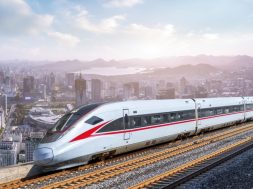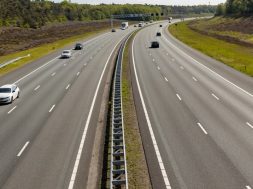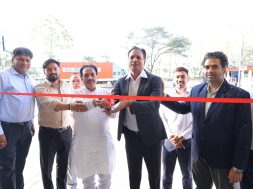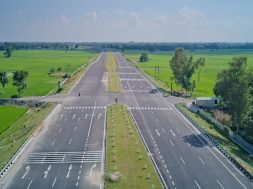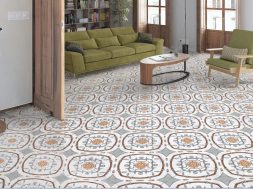A review on energy efficiency in Indian construction
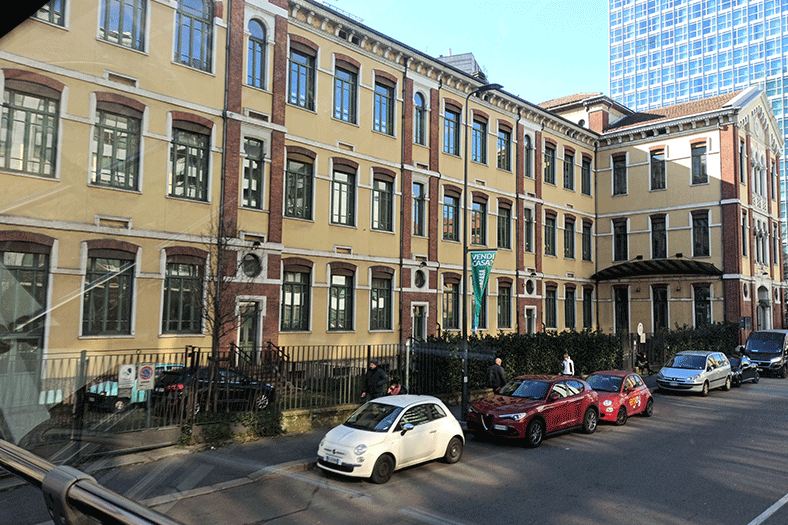
Time and again it has been stressed that it is necessary to use our resources wisely. In the built environment, this translates to efficient use of energy, processes and materials and ensure our long-term survival.
In ongoing construction of buildings and complexes as also the completed projects, energy efficiency is a core issue. It directly amounts to the cost incurred during the ongoing construction apart from which it also determines the energy costs once it is in use. In addition. In contemporary times energy efficiency also amounts to the use of specific products and technologies in construction, buildings, office complexes etc. which can pass on the benefits to the environment and make way for a greener world, something that we all want. Moreover, as cities grow and newer cities are incepted the consumption of energy is always on the rise. Hence as we take steps forward towards becoming a developed nation, energy efficiency will also be one of the prime factors which will govern the sustainable existence of our contemporary eco-system.
Structures and Energy Efficiency
When it comes to building design, earlier land was available for horizontal expansion. But with time and space constraints a ninety-degree overhaul happened, and vertical high rises became a reality. Unlike the previous load bearing structures, the high-rises ushered in framed structures. Dhruv Sarveshwar Lal, Founder and Principal Architect of Dhruv Sarveshwar Lal and Associates/Design Equilibrium says “I do think that we are heading towards buildings which are going to be multiple floors of multiple levels. So sooner or later we have to engage in a technology system where we have to reduce the footprint that we have, of the building, on the ground. This in turn will make the building energy efficient. If we are to attain this, we have to do away with load bearing construction.
Importance of site and building form in energy efficiency
Saurabh Goenka, Senior Associate, S9 Architecture points out the importance of site selection and building form in energy efficiency “Site selection is one of the first things to consider because an aptly located building can simultaneously tackle ecological impact, connectivity, orientation, energy efficiency and therefore, costs. Selecting a site that promotes urban infill and adaptive reuse encourages the use of existing infrastructure and utilities. Proximity to public transportation furthers walkability and reduces transportation distances, which in turn decreases the overall energy consumption. The building form is a crucial factor that determines the overall energy loss or gain.
A direct relationship exists between the shape and energy efficiency of a building. In one of the project I executed in New York, I used a weaving façade, it offers a beautiful static composition while adding a three-dimensional aspect to the building grid and also provides a window shading thus reducing the building’s energy utilization. High-rise buildings designed with green atriums incorporated into the form can double up as outdoor public spaces while improving the building’s energy efficiency.
Using alternative materials
Materials utilized in construction have a say on the level of energy efficiency which can be attained, so it is necessary to make a wise choice when it comes to selection of materials. Ritin Gulati, Founder and Principal Architect of Ritin Gulati and Associates points out “In construction, we tend to use a lot of steel, which needs to be replaced with new materials and technologies, for example, I use AAC blocks in my projects. These blocks are very lightweight concrete blocks, so unlike bricks, it reduces the amount of dead load thereby leading to a decrease in the use of steel required. In a similar vein a lot of the projects being designed today are prefabricated, leading to an increase in prefab homes and allied infrastructure. This is invariably saving a lot of time, space and material.
When we talk about the use of alternative materials, it is necessary to ensure they are used responsibly. Niraj Doshi, Founder & Principal Architect of Niraj Doshi Design Consultancy says “Today, a lot of people are experimenting with wood. It is fast becoming one of the preferred choices under the sustainable materials category, so much so more that even in Northern Europe it is witnessing a resurrection of sorts, materially. Wood is a good material, the embodied energy of wood is less than steel, concrete or RCC structures, but only if it is utilized in a responsible way. We all know how excess use of wood can lead to deforestation and its impact on climate change and of course the entire ecosystem.”
Attaining energy efficiency through CFD Analysis
Akhil Ganatra, Founder and Managing Director of Clancy Global believes energy modelling and CFD analysis can ensure our built environment is energy efficient, he points out “it is necessary to make energy modeling and CFD analysis compulsory across all projects, as they account for 30% greenhouse emissions. That apart the energy sector alone accounts for 60% of the greenhouse emissions. So, it is necessary for one to address the issues pertaining to air conditioning and embodied energy (which has a lot to do with the materials being utilized and its origin). It does not stop here alone; we have to key in the factor of sustainability as well. We also have to consider the resultant ‘quality of life’ in the offing as also and how it entails efficiency in the lives of us humans.”
As we proceed towards the next millennium innovations will be on the rise. The construction and building activity being one of the most fundamental activity of the humankind is already witnessing it. As stakeholders of the human civilization, we have to ensure that sustainability and energy efficiency in this entire manoeuvre becomes a function of finding precise resolutions and not greed.
Cookie Consent
We use cookies to personalize your experience. By continuing to visit this website you agree to our Terms & Conditions, Privacy Policy and Cookie Policy.
